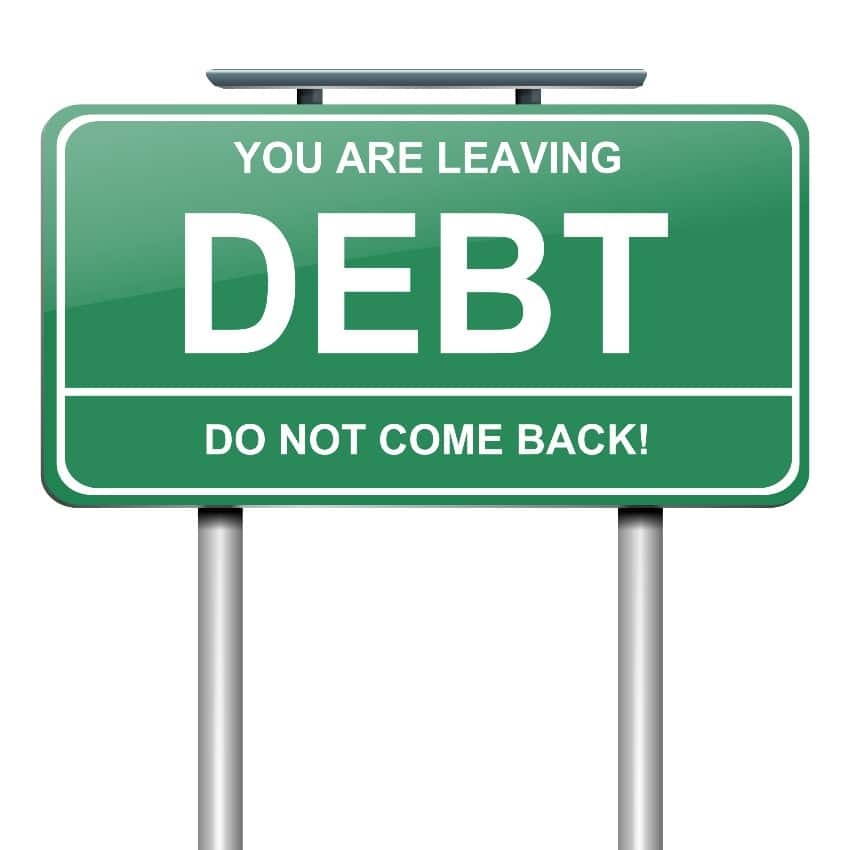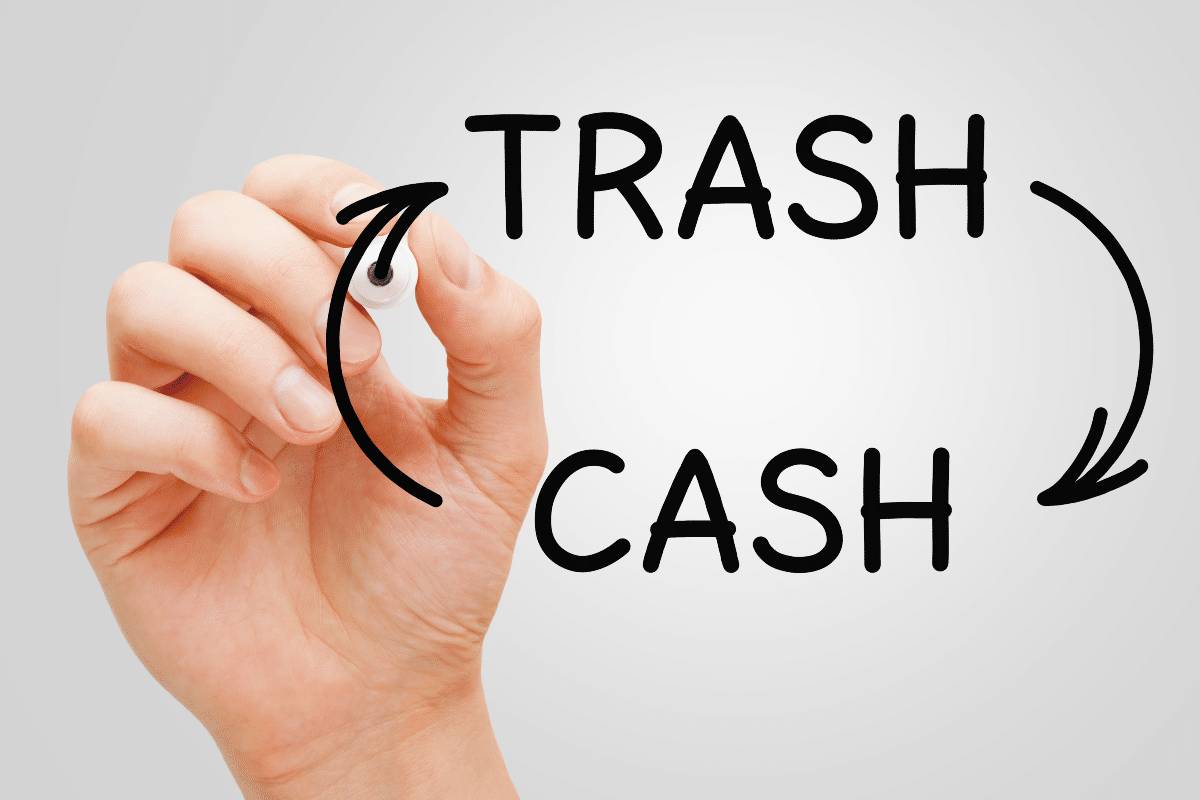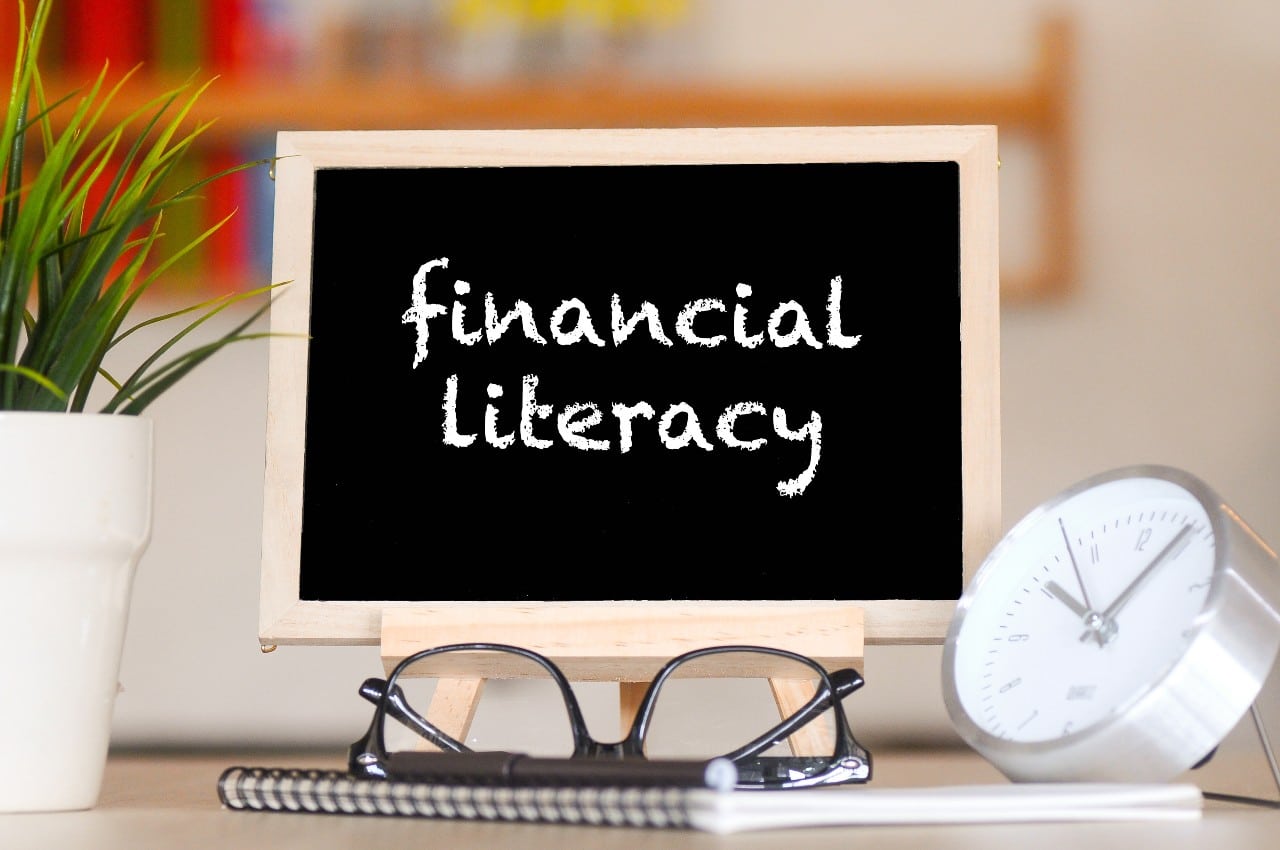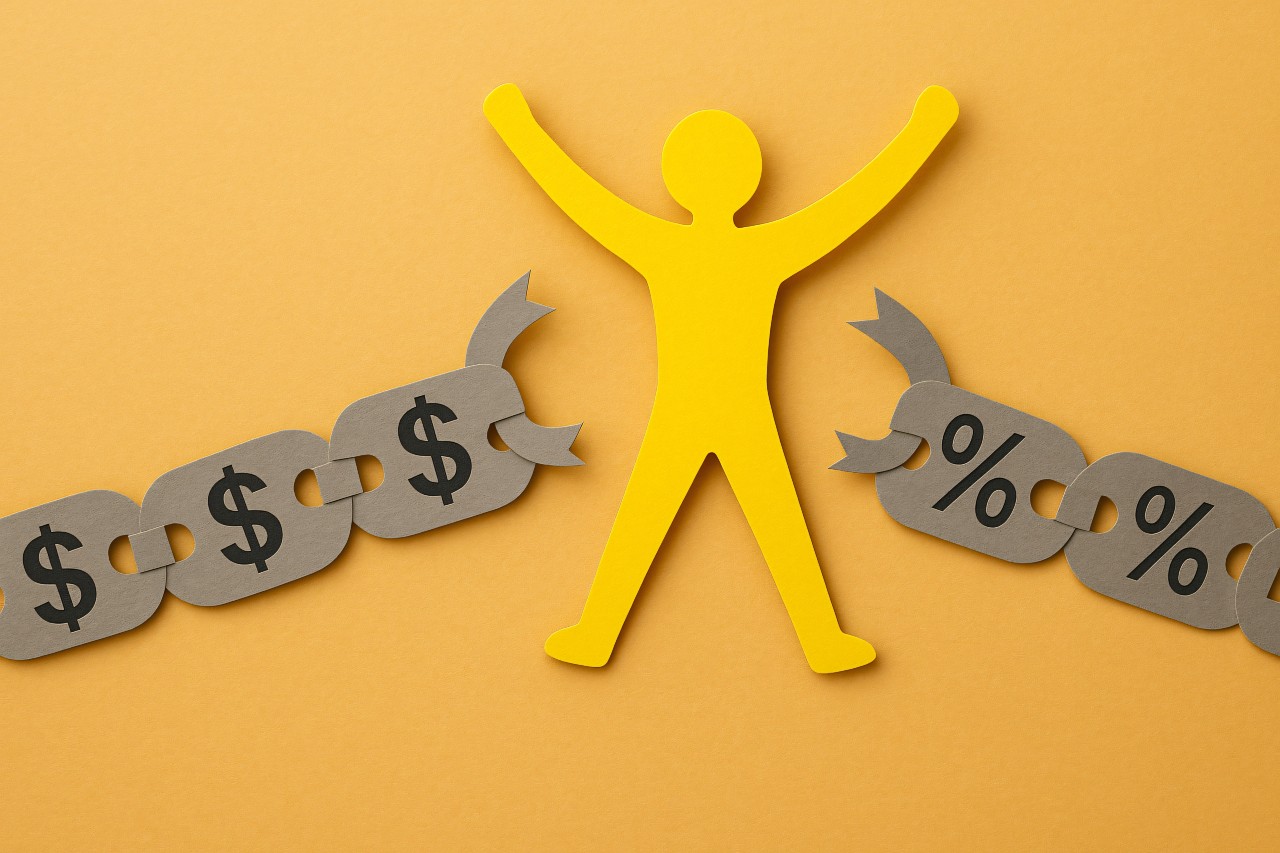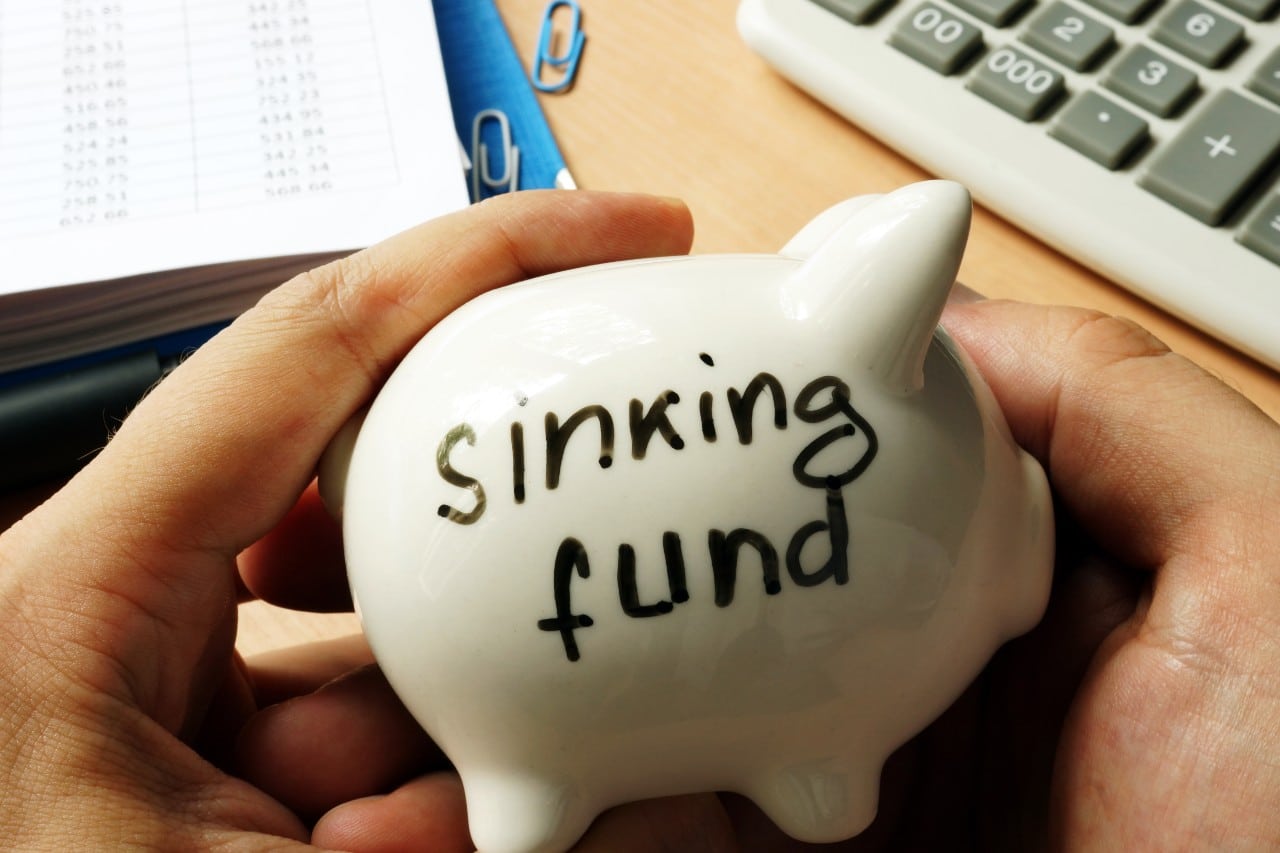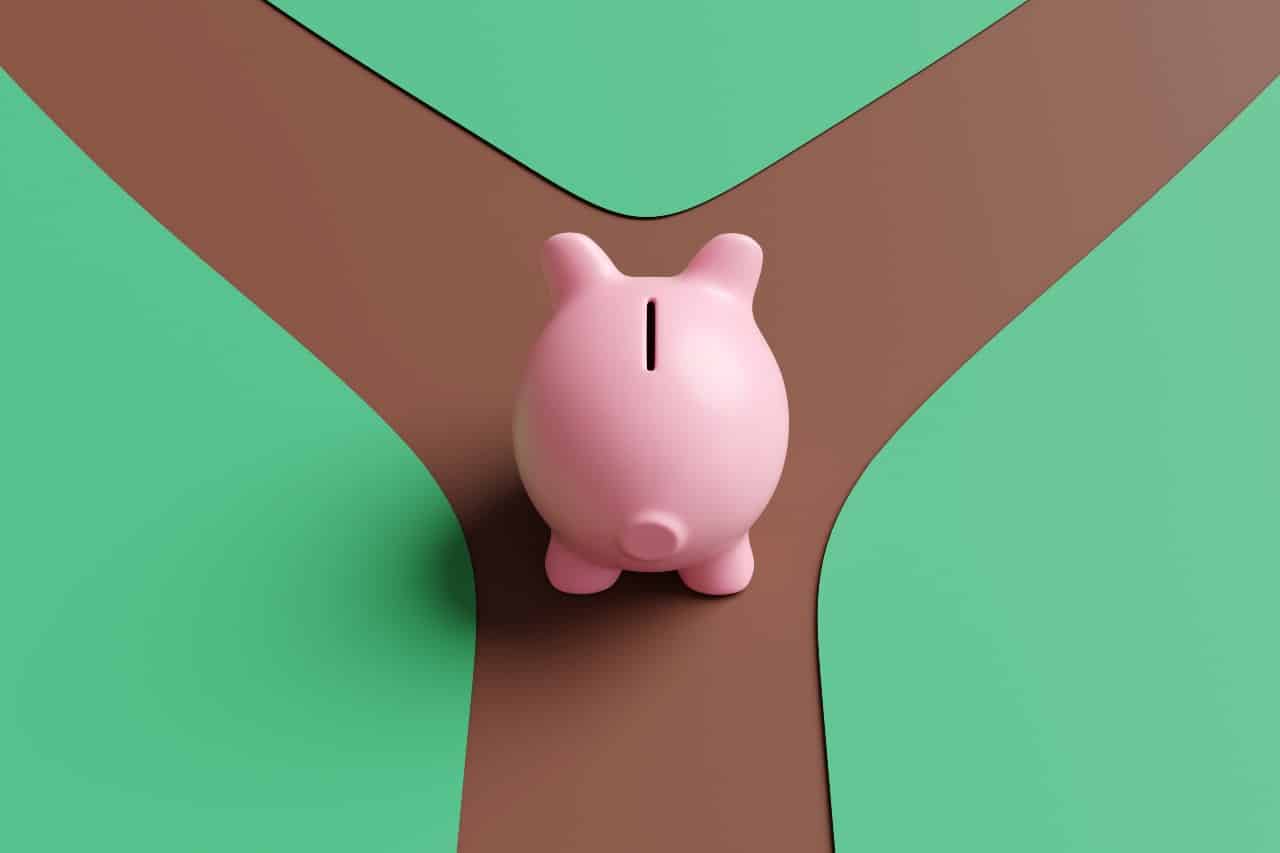You’ve put in a lot of hard work this week to get clarity and understand your debts! Take a minute to celebrate your efforts! Now that you have all of the information that you need to develop a debt management plan. if you can’t make extra payments towards your debts right now, it’s still worth investing time in making a plan.
The two most important pieces of your debt management plan are:
- Havings a clear strategy
- Having an overall financial plan (aka a budget) that works for you to avoid taking on more debt
Let’s focus on helping you develop a clear debt management strategy. There are several different strategies that you can use when paying off debt. Understanding all of your debt numbers is key. If you haven’t been taking action on the steps this week, go back and check them out. There’s no one-size fits all approach. Based on your situation it may suit you best to combine several of the strategies below.
Debt Management Tracking
Whichever strategy you use, I have found that adding in one, or both of these tracking methods can help to make the journey a little easier, and more fun!
Visual Debt Management
Use visual debt pay-off trackers. If you look up ‘printable debt pay-off trackers’ you can find so many options for free or for a small fee. You can get ones that look like cars, homes, credit cards, thermometers, and so much more. I recommend getting one for each of your debts so you can colour them in as you go.
Debt Management Calculator
Crunch your numbers using a debt management calculator. Using a tool like this allows you to adjust the number that you’re putting towards debt every month. It will calculate your total interest paid and your timeline to when you can be debt-free.
Common Debt Management Strategies
For all of the debt management strategies below, the first step is always the same, and the different options guide where your extra debt payments will go. That first step is to make all minimum payments on your debts. This will ensure that you’re staying current and will help you to improve your credit score.
The Snowball Method
This method focuses on making all extra debt payments to your debt with the smallest balance. As each debt is paid off and you eliminate a payment, you roll the amount that you were paying on that debt into your debt with the next lowest balance.
This method is best for you if you have one or more smaller debts as compared to the amount you will have to pay above your minimum balances each month.
Advantages
Using this method can be very motivating if you have debts that have smaller balances. The wins of paying them off help you to see what you can accomplish.
Disadvantages
If your smallest debt has a higher balance, you don’t get the quick wins so it can be less motivating.
If your higher interest rate debts have higher balances, it will cost you more in interest as they will be the last ones you work on.
The Avalanche Method
With this method, you focus all extra debt payments on your debt with the highest interest rate. As you pay off each debt, you move all funds to pay off your debt with the next highest interest rate.
This method is best if you have one or more debts that have a high-interest rate. As your debt gets smaller more of your payments will go toward paying off your balance.
Advantages
The faster you pay off your debt with the highest interest rate, the less you will pay in interest.
Depending on your debt make up this could mean paying a lot less interest.
Disadvantages
Depending on the balance of your highest interest debt, getting the win of eliminating debt may be a while. This can feel discouraging when you are working hard to pay down your debt.
Highest Payment Method
Using this method means that you focus all extra debt repayment funds toward your debt that has the highest monthly payment.
Using this debt pay-off method is best for you if one or more of your debts has a large monthly payment. If you have a tight monthly budget and a low-balance debt with a high payment, getting it taken care of can be especially helpful.
Advantages
With your first debt paid off, a tight budget has a little breathing room. It gives you the option to adjust your budget so it is more suited to your needs.
Disadvantages
A large balance on your highest-payment debt will mean not getting your first debt paid off “win” for quite a while. Especially, if you don’t have a lot of extra money to put towards debt.
The Emotional Method
With this method, you focus on the debt that has the most negative emotions around it. This can be based on who you owe the money to or it can be based on the reason for your debt. Debts to loved ones tend to feel heavy and you may worry about it hurting your relationship. While any debt is hard to take on, debt for things like divorce or a custody battle can carry a lot of emotions.
If you have strong negative feelings about any of your debts, this method can really help you get the ball rolling on paying down your debts. It can help you see what you are capable of, and you can take that motivation onto your other debts that may not be as emotional for you.
Advantages
Eliminating a debt that has a lot of negative emotions around it is very motivating. It can feel like a huge weight is lifted off of your shoulders. It can help you put some of the emotions around that debt in the past. This can help you pay off debt quickly based on other financial factors in your life.
Disadvantages
From a numbers perspective, this could mean more money towards interest depending on the interest rates of your debts.
Finding the right method, or combinations of methods, for you and your debts is key to keeping focused and getting your debts paid off.
Final Thoughts
If you’ve tried to work on your numbers and are feeling lost, finding a credit counsellor or coach could help you build a plan for your money that works for you.
Daily Tasks
Understanding your debt can be a fairly involved process. To avoid overwhelm, break down the process and do a little each day. Here’s what that can look like.
Day One: Who do you owe?
Start by grabbing a notebook, or opening a new excel or google sheet file. Take a deep breath, then start to your list. Include all of your lenders (the people or businesses that you owe). Don’t forget to include any friends or family that you owe, any government agencies, any overdraft amount(s), and any outstanding balances on any bills you may have. When you’re writing them all down, leave room beside each one. That way you can add in details as you learn more about your debts this week. Be as specific as possible, instead of listing a credit card as a Mastercard or Visa, include the specific card brand.
Day Two: What do you owe?
Today we are going to add more info to the list you started yesterday.
Beside each lender write down what your current balance is for each debt.
Before you dive into your action for today, I want to let you know that your debt does not define you. The fact that you are here reading this, and ready to understand your debt is a huge step toward change.
Pull up your statements, or check your online accounts to get your current balances owed. If you aren’t able to find your balance another way, you can use numbers from your credit report. For any amounts owing to friends or family, if you aren’t sure of the amount, reach out to them, or use your best estimate. Once you have your balance for each debt, total them all up to get your total debt amount.
Day Three: Understanding your payments
Knowing more about your debt payments is an important piece to your debt management plan.
Beside each debt write down:
If your payments automatically come out of your account, or if you pay them manually
Your payment frequency (monthly, weekly, etc.)
How much your payment is
When the next payment is due for each debt
What your interest rates are
If your interest rates are variable (changes based on your lenders’ rates) or fixed (stays the same for the term of your loan)
If you have loans that are zero interest for a specific period of time (furniture loans are common for this), review your paperwork. These loans can be sneaky. In many cases, if you don’t pay the loan off in full before the zero-interest period ends, you could be charged interest from the start of the loan.
Day Four: Understand what types of debt you have
Secured or Unsecured?
Secured debt is debt that is backed by an asset. Car loans and mortgages are two examples of secured debt. It reduces the risk for your lenders because the asset that secured the debt can be taken if payments are not made. This often means that secured debts have lower interest rates.
Unsecured debt is debt that is not backed by any assets. Credit cards, student loans and personal lines of credit are examples. Unsecured debt is riskier for the lender so it typically means higher interest rates.
Revolving or Installment?
Revolving debt is debt that you can utilize on an ongoing basis as you make payments. Credit cards and lines of credit are revolving. Your payment adjusts based on your balance.
Installment loans are closed loans and typically have fixed payments. Making payments does not give you future access to any funds.


